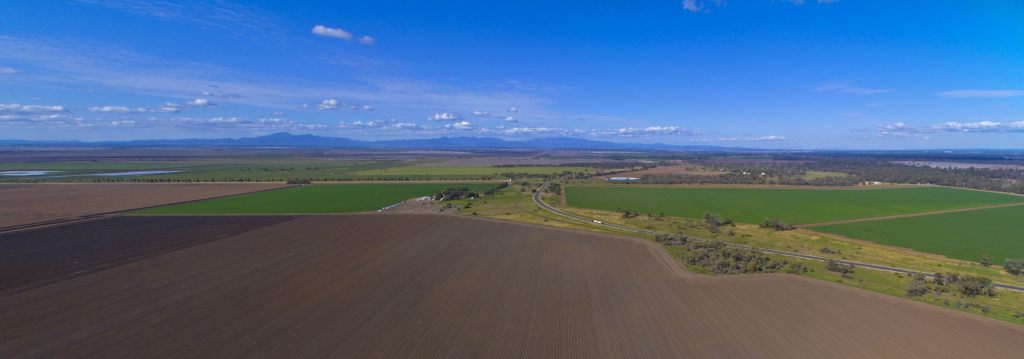Does size matter? The relationship between farm performance and scale.
The relationship between farm size and profitability has been examined in a recently released GRDC report. The report also considers other factors involved in successful farms.

Bigger is not necessarily better. This is the finding of respected farm finance consultants Simon Fritsch and Scott Wallace. Long term performance benchmarking data collected through their firm, Agripath, found that once a farm reaches a certain scale, any expansion beyond that doesn’t necessarily increase overall profit margins. Data from various regions of Eastern Australia consistently revealed that there is a poor correlation between the physical size of a farm business and the relative return on the farm assets. Their research was recently published in a GRDC report, “Farm business scale - is it a profit driver?”
“It is often said that farmers need to increase their farm size to become more efficient and profitable,” the report reads. “While this may be true for small farms, once the farm is big enough to productively utilise one labour unit and a reasonable size tractor, farm size or area cropped ceases to be an important factor in profitability. This threshold will depend upon location, but is likely to be around 600 hectares of grain cropping in the high rainfall areas of the Northern Region and 1,200 hectares in the mid-western grain areas of northern NSW and Southern Queensland.”
So, after a certain point, size doesn’t matter.
“There are highly profitable small farms and poorly performing small farms, just as there are highly profitable large farms as well as poorly performing large farms. Scale, per se, will not make a farm more profitable.”
The report argues that the difficulties of operating at a large scale often erode any advantage that may have been achieved through scale. There are more staff to manage and much more logistical planning involved. Agripath found that the optimal size of a farming business is reached at the point where converting costs back to income is most efficient. This also depends on the capacity of the manager to make appropriate decisions around operations occurring in the business. “Top performers are focused on achieving high yields and this leads to cost efficiency,” the report said.
Factors like crop choice and sequence, cropping frequency and expansion in the form of acquisition, leasing and share farming all helped to spread the work load more evenly throughout the year and increase efficiency. Looking at different models of machinery and labour utilisation, such as contracting, ownership or a combination of both, was also a key feature of top performers. “Efficient use of machinery and labour is critical and substituting inefficient uses with contractors is achievable,” benchmarking data showed. “Typically, the costs of getting things done can vary by as much as $100/ha. For example, a farm targeting average crop gross margins of greater than $300/ha this represents 30% of the margin.”
in Latest News
Share this post
Posts this year
- October 2024 (1)
- September 2024 (1)
- August 2024 (1)
- November 2023 (1)
- June 2023 (1)
- February 2023 (2)
- November 2022 (1)
- October 2022 (1)
- July 2022 (2)
- June 2022 (1)
Archived Posts
- Posts in 2023
- Posts in 2022
- Posts in 2021
- Posts in 2020
- Posts in 2019
- Posts in 2018
- Posts in 2017
- Posts in 2016